Pick up a loaf of bread, candy bar, or other packaged food item at your local supermarket, take a look at the ingredients label, and you’ll most likely encounter a whole lot of hard-to-read words. Sodium stearoyl lactylate, ethoxylated mono- and diglycerides, azodicarbonamide… what is all this stuff?
They’re called food additives, and they each serve a distinct purpose in making these food items taste, look, and feel the way they do.
Food additives have been around in one form or another for hundreds, if not thousands, of years. Among the oldest additives are preservatives; pickled vegetables, salted meat, and candied fruit were all created using methods devised to prevent spoilage. While some additives are natural, these days many of them are of artificial origin, created in a lab and added, usually in the form of a white powder, during the production process. They each serve a different purpose — to control acidity, help food retain its color, thicken texture, add a glossy sheen, keep food from drying out, and much more.
While these additives might sound a bit frightening, it’s important to keep in mind that the U.S. Food and Drug Administration has deemed them all to be “generally recognized as safe” (GRAS) for human consumption at the concentrations in which they appear in your food. Yes, the dough conditioner azodicarbonamide is also used in yoga mats, but it’s not like your loaf of Wonder Bread contains ground-up foam rubber; many of these additives simply have secondary applications outside of the food world.
The main contention around food additives isn’t that they’re necessarily bad for you; it’s that they’re essentially nutrient-free. Let’s stick with the example of Wonder Bread. Just about all of its essential vitamins and minerals are stripped during the flour bleaching and conditioning process, so that the flour needs to be “enriched” by the addition of a token amount of a handful of those nutrients. Opting for a whole grain loaf from the bakery department will provide you with bread that’s far healthier than what you’ll find in the packaged bread aisle.
To help demystify the ingredients in your packaged food, we’ve rounded up ten of the most common additives. Read on to learn what they are, what they do, their most common names, and where you’re most likely to find them.
1. Anticaking Agents
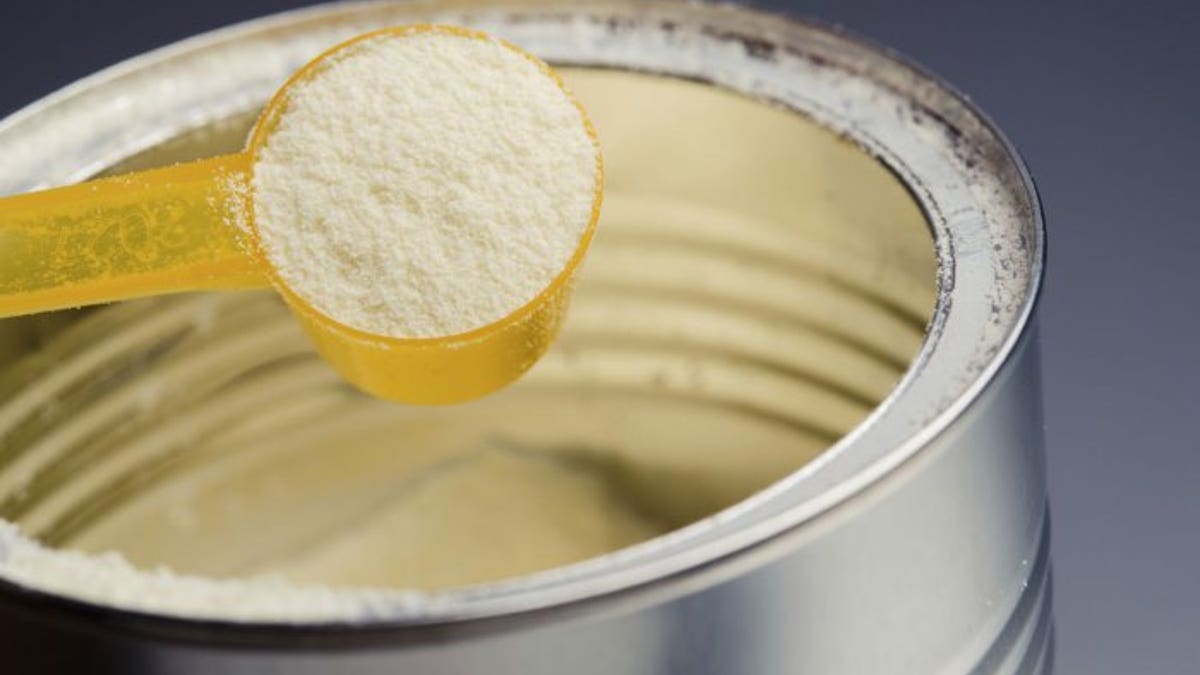
(iStock)
Anticaking agents are found in most powdered foods, from powdered milk to flours, table salt, and gravy mixes. As the name implies, their primary purpose is to prevent powders from forming clumps, making them easier to package and consume. Popular anticaking agents include tricalcium phosphate, sodium silicate, stearic acid, and sodium bicarbonate, also known as baking soda.
2. Bulking Agents
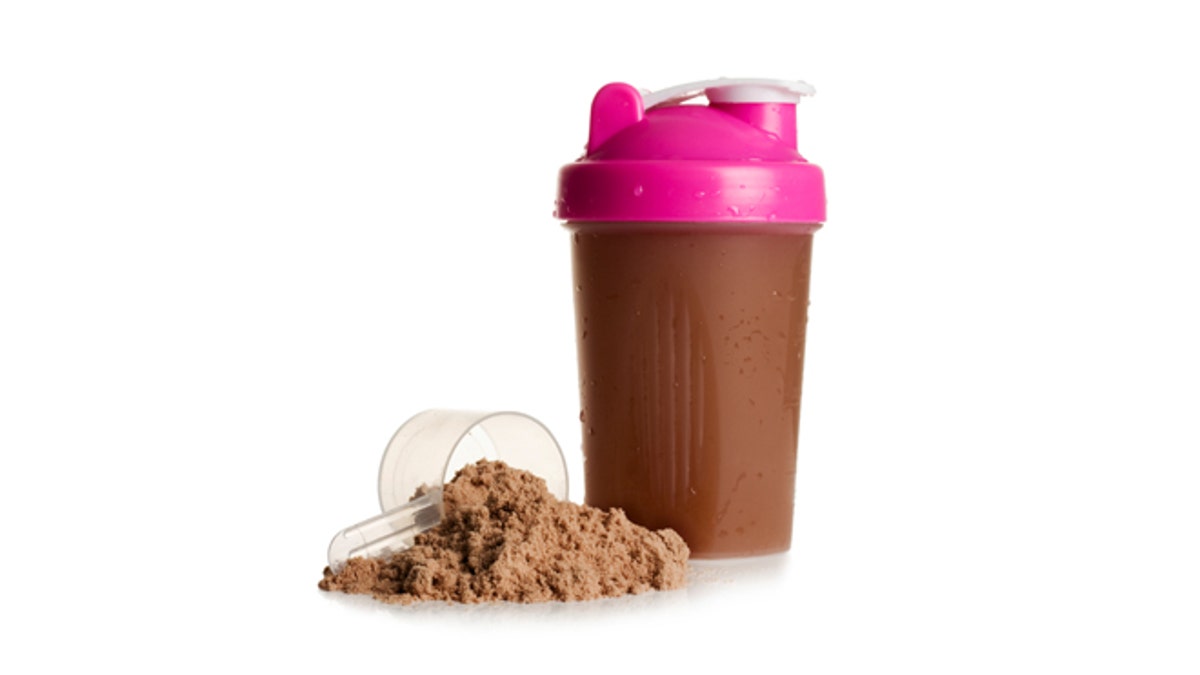
(iStock)
Bulking agents’ primary purpose is to “bulk” up a food without affecting its taste. Bulking agents are similar to thickeners in that they create mass where there wasn’t any. In fact, cornstarch is both a bulking agent and a thickener. Other commonly used bulking agents include guar gum (cheese, ice cream), sodium alginate (jellies), xanthan gum (baked goods, sauces), and maltodextrin (protein shakes and supplements).
3. Defoamers
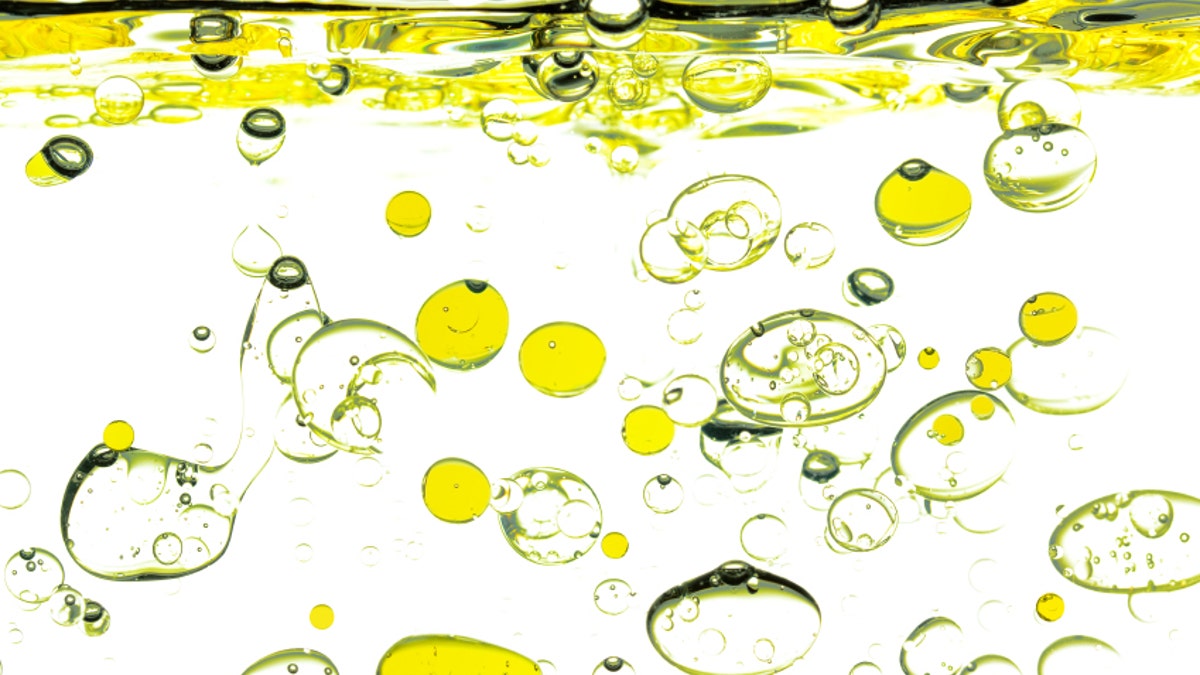
(iStock)
Antifoaming agents limit the formation of foam in foods, or break up foam that’s already formed. Some are oil based (think of what happens when you pour a little oil onto soapy water) and others are silicone-based. The most common antifoaming agent in food is dimethylpolysiloxane, which is added to just about all fast-food deep-fryers.
4. Emulsifiers
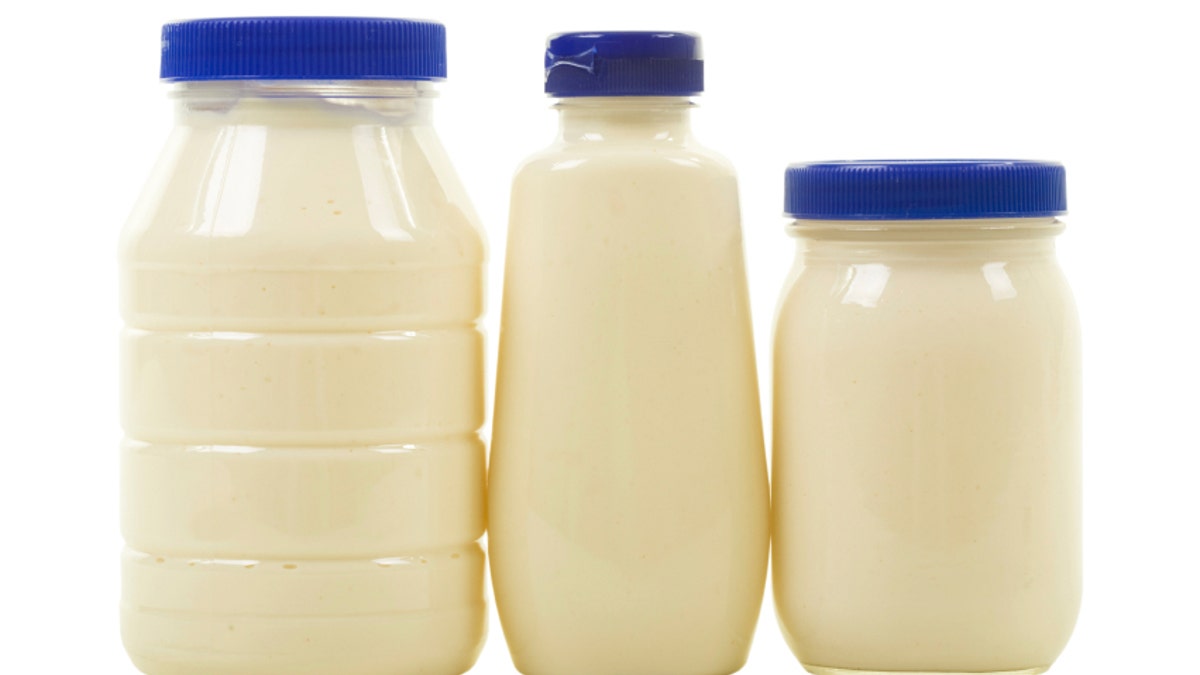
Tree jars with mayonnaise; isolated, clipping path included (iStock)
Any time you eat mayonnaise or ice cream, you’re eating an emulsion of oil and water held together by an emulsifier. In mayo’s case, egg yolk is the emulsifier, but in processed foods a host of chemical emulsifiers are used, including DATEM (an ester of mono- and diglycerides,used primarily in commercial baked goods), soy lecithin (used in chocolate and margarine), and sodium stearoyl lactylate, which is present in baked goods, puddings, snack dips, sauces and gravies, chewing gum, breakfast cereals, and even some liqueurs.
5. Flavor Enhancers
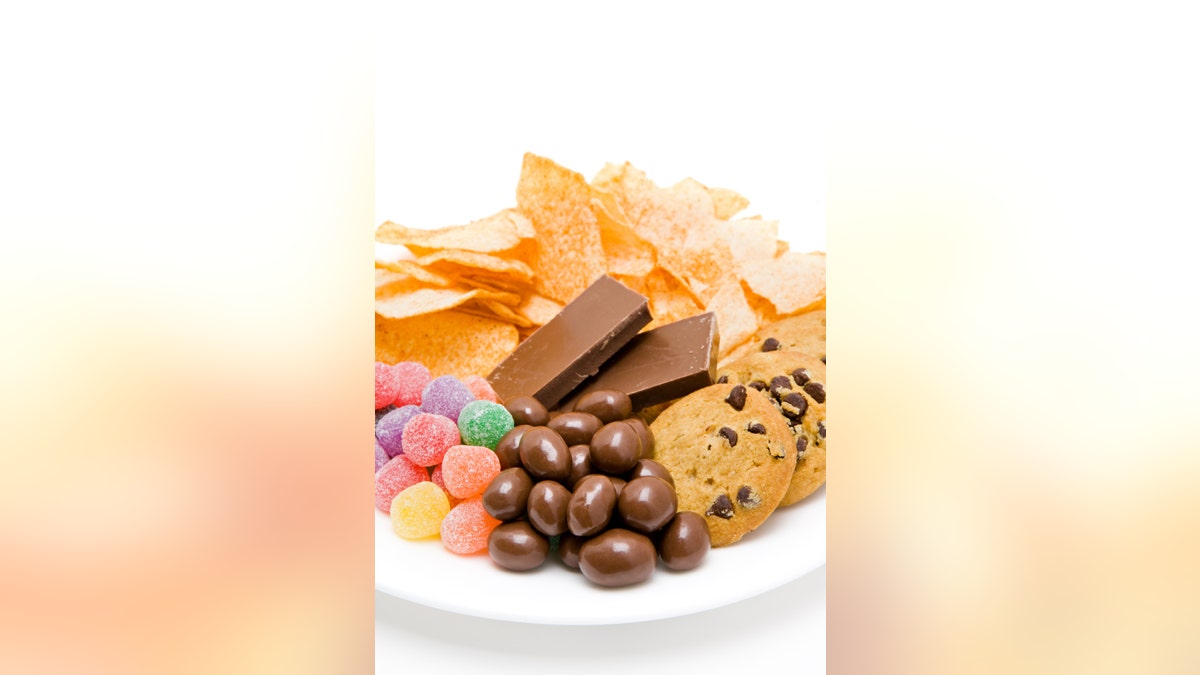
junkfood on plate isolated on white (iStock)
Anything that boosts the flavor of a food item is called a flavor enhancer. The most common flavor enhancer, obviously, is salt, but another common enhancer is monosodium glutamate, or MSG. It’s found in some format in just about all salty snack foods, including some that you might not even realize.
6. Flour Treatment Agents
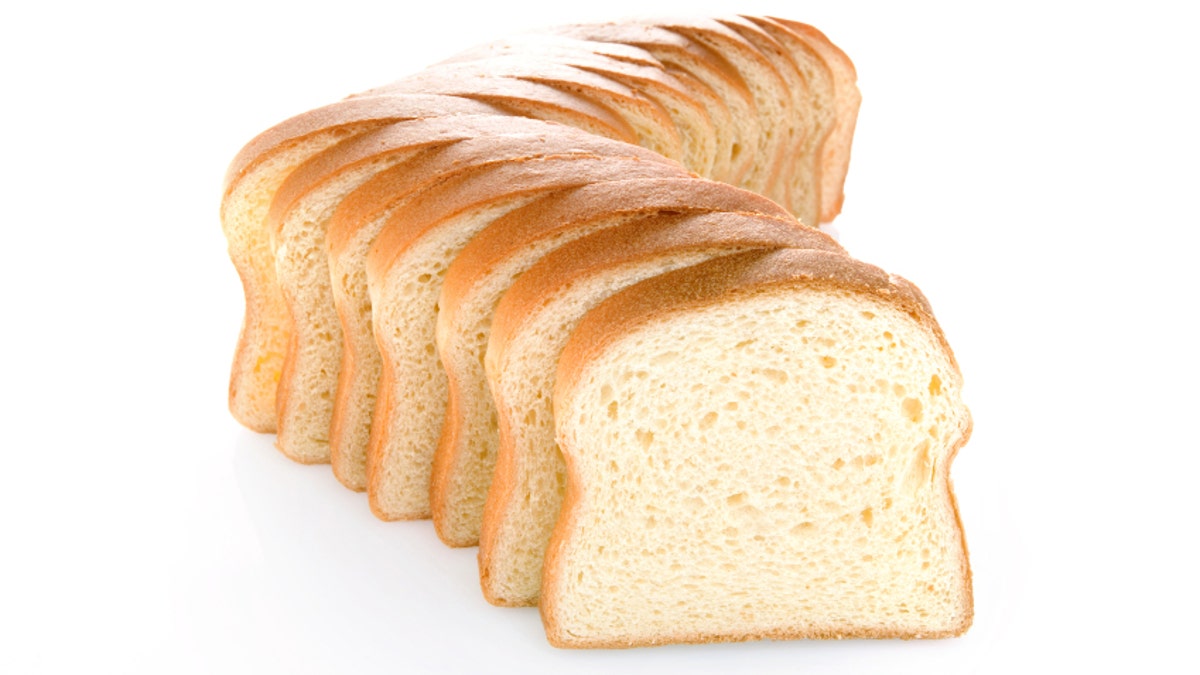
(iStock)
Just about every commercially produced bread, whether it’s found in a fast food restaurant or a supermarket, contains flour treatment agents and dough conditioners. These do everything from increasing the strength and workability of the dough to speeding up the rising and fermentation process, assisting with gluten development, and whitening the flour.
Oxidizing agents (including the “yoga mat” chemical, azodicarbonamide) help with gluten development and strengthen the dough; reducing agents (including L-cysteine, a synthetically produced agent that faces rumors that it’s synthesized using duck feathers and human hair) weaken the flour to reduce mixing and proofing time, and enzymes (including amylases and proteases) degrade gluten and sugar, improving dough flexibility and speeding up fermentation time.
See more flavor additives you not know are in some of your favorite foods.
More from The Daily Meal
Study Finds 175 Dangerous Chemicals in US Food Packaging
The Most Dangerous Energy Drinks Around the World
